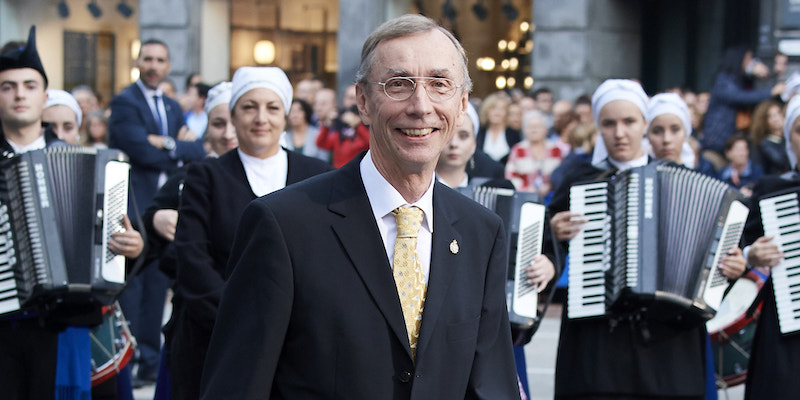The 2022 Nobel Prize in Medicine was awarded to the Swedish biologist Svante Pääbo “for his discoveries on the genome of extinct hominins and on human evolution”.
Thanks to his research, Pääbo was able to reconstruct the genome (i.e. the exact reading of the entire genetic information of a living being) of Neanderthals, a distant relative of our species. Pääbo was also the discoverer of the Denisovians, a new species of hominin (with the terms ominini o hominins we mean the tribes of hominids to which humans, the bonobo, the common chimpanzee and numerous extinct genera, which can be considered our ancestors, belong).
Pääbo’s studies also made it possible to detect the transfer of genes from those now extinct hominins to A wise man, our species, following the migrations from Africa that occurred about 70 thousand years ago. Some traces of that gene passage are still evident today, for example in the functioning of our immune system.
Pääbo is considered the architect of a new scientific discipline, the paleogenomica. And his work was essential to explore our past history and above all to begin to better understand what distinguishes our species from others.
The study of our origins is as fascinating as it is complicated. Thanks to paleontologists and archaeologists, today we know that our species appeared in Africa around 300 thousand years ago, while our closest relatives – the Neanderthals – developed outside Africa and populated Europe and part of western Asia. starting from 400 thousand years ago, remaining in the vicinity until 30 thousand years ago, when they became extinct. About 70 thousand years ago, some groups of A wise man they left Africa and reached the Middle East, then spreading over much of the rest of the planet.
For a long time, therefore, A wise man and Neanderthals coexisted in many areas of Europe and Asia, probably establishing relationships and interactions that were very important for our history. The problem is that reconstructing events that took place in such remote times is not at all simple, but DNA analyzes on fossils can offer important clues.
Towards the end of the nineties some research groups had managed to map almost the entire human genome, making it possible to compare different populations of human beings from the point of view of their genetic characteristics. However, it was necessary to reconstruct the Neanderthal genome in order to make more accurate comparisons and reconstruct those remote relationships.
Practically from the beginning of his career Pääbo was intrigued by the possibility of using genetic analysis techniques to study the DNA of Neanderthals, confronting the difficulties related to the deterioration that genetic material undergoes over time. After thousands of years, the traces of DNA that remain on an artifact are few and often lead to contamination, due for example to the presence of genetic material of other organisms such as bacteria.
Pääbo was not discouraged and for years worked on systems to overcome these difficulties. In the 1990s he devoted himself to the study of DNA from some Neanderthal mitochondria. Mitochondria are cell organelles that contain their own DNA, so their genome is relatively small and contains only part of the genetic information related to the cell. On the other hand, he has thousands of copies of the same genetic material and is therefore more likely to find intact portions for analysis work. Pääbo was able to map DNA from a 40,000-year-old find, bringing important new elements to show how Neanderthals were genetically distinct from humans and chimpanzees.
The live broadcast of the event
(updating)
